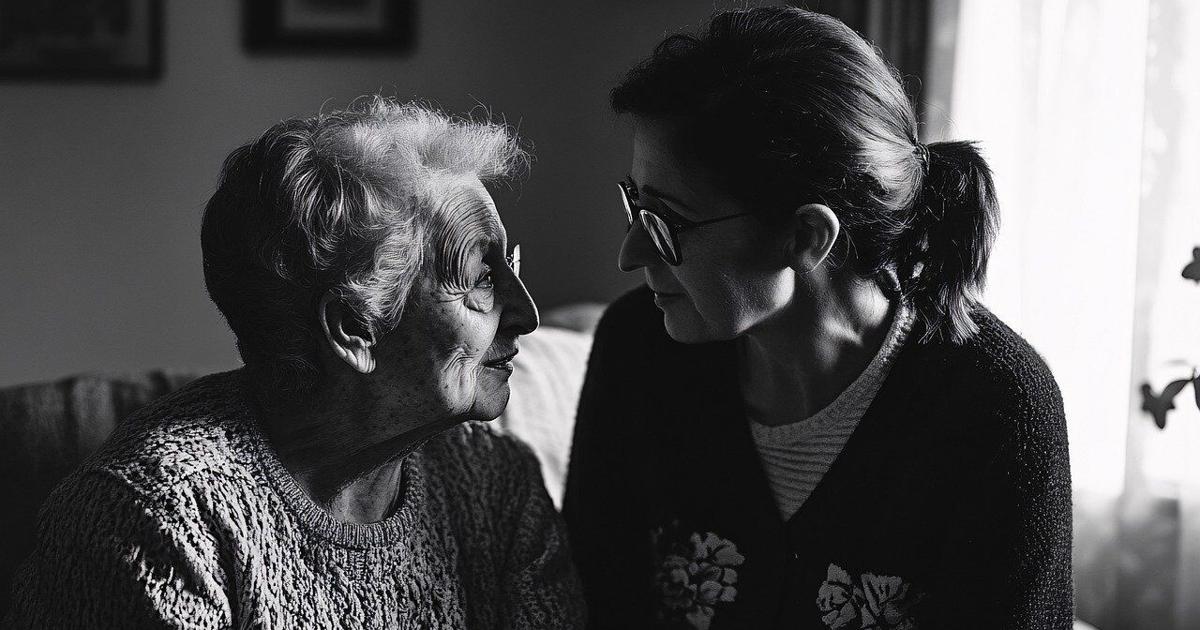
Navigating the Complex World of Family Caregiving: Sharing the Responsibilities
Caring for an aging loved one can feel overwhelming. In many families, when the responsibility to care for a senior relative falls upon family members, they often discover a new array of challenges and decisions that demand their attention. The emotional and physical toll can be significant, especially when it seems that the burden of care rests disproportionately on one person’s shoulders. Let’s dive deeper into how families can approach this crucial task to ensure that no one carries the weight alone and how to create a balanced system of shared caregiving responsibilities.
The Challenge of Caregiving Roles
Typically, caretaking responsibilities often default to one family member who may live closest or possess the flexibility needed for intensive caregiving. This arrangement can become a source of tension, particularly if siblings or other close relatives seem disengaged or unhelpful. However, it’s essential to understand that family dynamics vary widely, and there may be legitimate reasons why particular family members take on a leading role.
Before delving into caregiving, families should openly discuss the division of responsibilities. Identifying a primary caregiver is the first step. Although someone may naturally emerge as the primary caregiver, it’s crucial to discuss this role openly and ensure everyone is on the same page, especially when it comes to understanding the demands of this role.
Identifying Areas of Responsibility
Once the primary caregiver is identified, it’s essential to recognize other tasks that need to be shared among family members. According to the National Institutes of Health, each person involved in caregiving should ideally take on responsibilities that align with their skills or interests, leading to a more manageable and effective support system. This division doesn’t need to follow strict lines but should aim for the best fit possible among family members.
Some key considerations might help in determining who takes on what roles in caregiving:
– Information Gatherer: Who will track down resources, including medical information and community services available for the elderly?
– Emotional Support: Is there someone who can provide heartfelt support and encouragement to both the caregiver and the loved one receiving care?
– Medical Liaison: Who would be best suited to communicate with healthcare providers, asking relevant questions and relaying information back to the family?
– Financial Manager: Which family member is comfortable managing finances and budgets for the aging loved one? This role is crucial as it requires attention to detail and understanding of financial resources.
These roles can often be performed remotely through phone or video conference for family members who live far away, making it possible to have a robust support team without being physically present.
Prioritizing Self-Care
Perhaps one of the most overlooked aspects of caregiving is the importance of self-care for the primary caregiver. It’s vital to remember that even the most dedicated caregivers need time to recharge. Without this self-care, they risk burnout, fatigue, and resentment. Planning for breaks should be an integral part of family discussions.
Scheduling respite care—whether through professional services, temporary care from other family members, or even planned time away—ensures that caregivers are refreshed and can return to their roles with renewed energy and commitment. Simple activities like a relaxing spa day, a day out with friends, or even a short vacation can make a significant difference in maintaining mental and emotional health.
Finding Support and Community
It’s crucial to acknowledge that caregivers don’t have to navigate this journey solo. Many caregivers find comfort in sharing their experiences and challenges with others who are going through similar circumstances. Support groups—whether they meet in-person or online—provide safe spaces for caregivers to express their feelings and share resources.
In conclusion, while caring for an aging loved one can be daunting and requires significant responsibility, families can employ practical strategies to divide these duties and foster healthier relationships. By communicating openly about individual strengths, prioritizing self-care, and accessing supportive communities, caregivers can prevent burnout and manage the challenges of their important roles. No one should feel alone in this journey—after all, the essence of caregiving lies in shared love and compassion.

